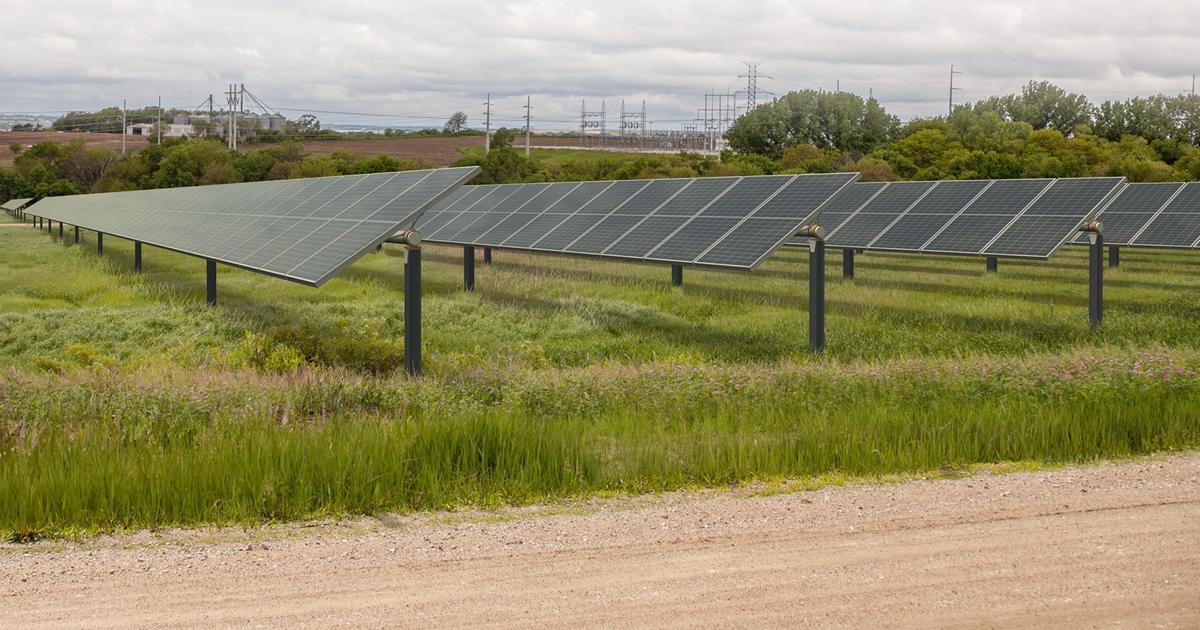On December 4, 2024, the Lincoln City/Lancaster County Planning Commission convened to discuss significant matters, including a request by NextEra Energy Resources for a permit to build Nebraska’s largest solar farm. The Panama Energy Center, located in southern Lancaster County near Hallam, is designed to be a 304-megawatt (MW) utility-scale solar project.
The project will be developed in two phases, with an initial 230 MW buildout followed by an additional 74 MW. Once completed, it will surpass the current state leader, the 81 MW Platteview Solar farm, making it the largest solar facility in Nebraska.
The commission was set to approve the Panama Energy Center project but adjourned the decision until its next meeting on December 18, 2024. Public testimony had raised concerns, particularly about land rights and the role of planning commissions in decisions of this scale. Despite the vocal opposition, the commission emphasized its responsibility to review zoning regulations rather than political considerations.
Voting member Dick Campbell requested that NextEra engage with the local community more extensively over the next two weeks, as he believed the residents had not yet received sufficient information about the project. Fellow member Lorenzo Ball also expressed concerns about the adequacy of communication, stressing the need for more direct outreach.
NextEra plans to construct the Panama Energy Center on a voluntary basis with landowners in Lancaster County. The project will span about 2,442 acres, with 1,677 acres dedicated to solar infrastructure. Phase one will cover 1,889 acres, with 1,327 acres requiring improvements.

The solar farm will connect to the Nebraska Public Power District’s transmission system at the Olive Creek substation, with NPPD contracting to purchase the electricity generated. Notably, the project will also include 120 MW of battery storage, supporting its renewable energy output.
The project has undergone extensive environmental evaluation, with input from agencies like the Nebraska Game and Parks Commission and the U.S. Fish and Wildlife Service, who raised no concerns. NextEra has promised that the solar farm will coexist with existing agricultural uses, addressing one of the commission’s priorities.
The company aims to begin construction in 2025, with phase one operational by 2026 and phase two completed by 2028. The project is expected to provide a significant economic boost, with a $600 million capital investment, the creation of 250-300 jobs, and an annual tax revenue of about $1.4 million, contributing heavily to local public schools.
While the decision is delayed, the commission appears likely to approve the Panama Energy Center, pending further community engagement.
The planning process highlights the complexities of balancing renewable energy development with community concerns, especially regarding land use and local involvement. The outcome of this decision will play a crucial role in shaping the future of renewable energy infrastructure in Nebraska.


